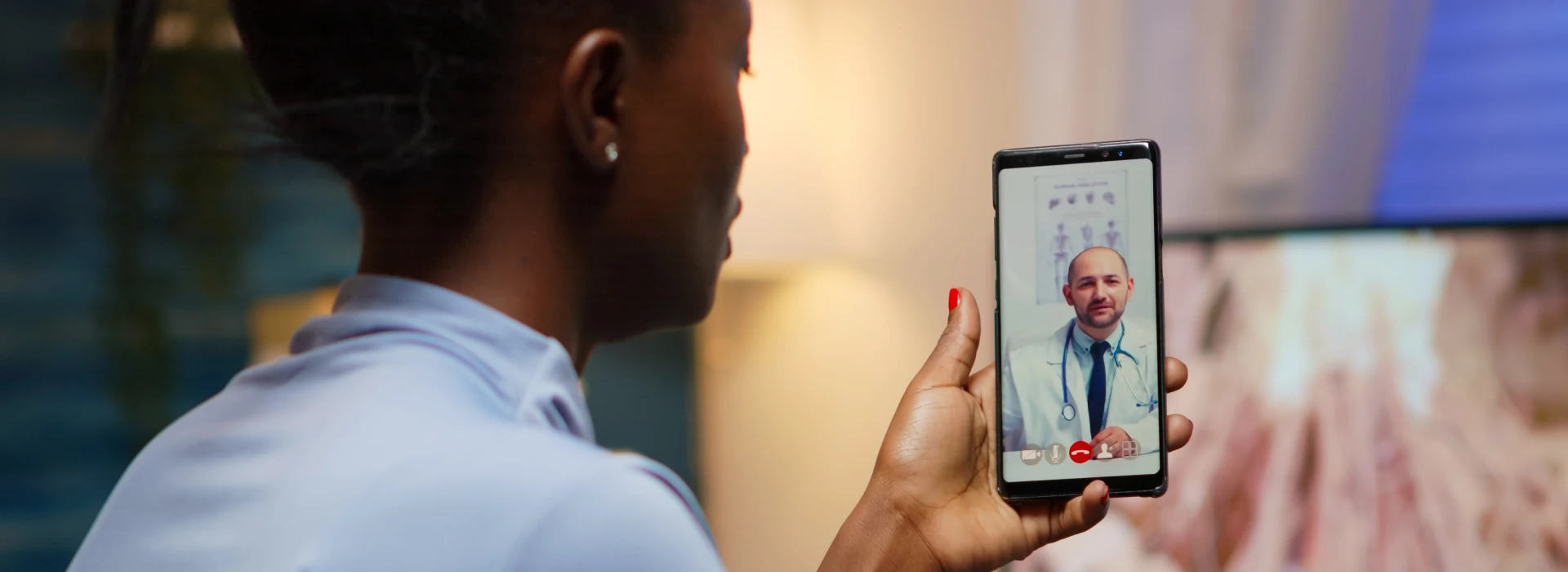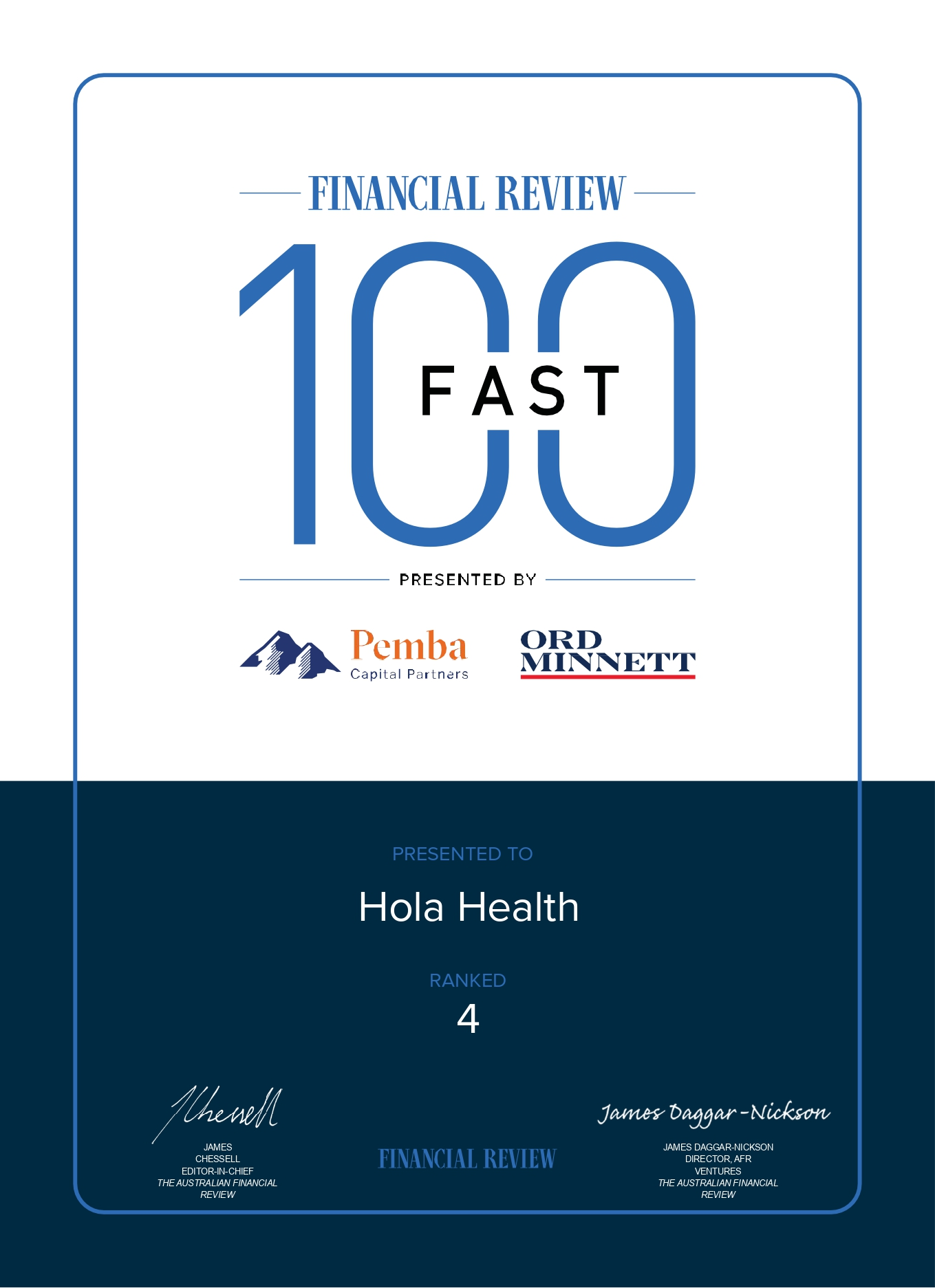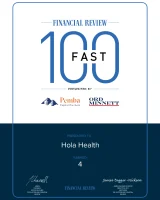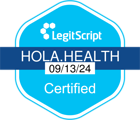What to do if you have no GP?
Written by the editorial staff writer at Hola. Medically Reviewed by Dr Nelson Lau, MBBS FRACGP, GP & Digital Health Specialist.

Contents

Summary: Without a registered GP, individuals can still access healthcare through walk-in clinics, health helplines, local pharmacies, and online medical services. It’s essential to keep track of your medical records and stay proactive about your health needs. However, finding care with a GP is recommended for ongoing and integrated healthcare management.
So, you don’t have a General Practitioner (GP) right now? No worries—you’re not alone, and your health doesn’t have to take a back seat. Whether you’ve relocated, your doctor has retired, or you haven’t registered yet, there are plenty of options to access the care you need. Let’s simplify the process and keep your health moving in the right direction—because your health matters, with or without a GP!
What do I do when it’s not an emergency?
If you’re feeling unwell and it’s not an emergency, your GP is usually your initial contact. Let’s discuss how to find a GP, what a typical consultation includes, and the costs involved. Let’s start by outlining what happens during a doctor’s visit. From selecting the appropriate GP and being aware of possible expenses to understanding what to anticipate during your consultation.1. Choosing a doctor
Your GP can play a key role in your overall well-being and healthcare journey, so it’s important to select one with whom you feel at ease. A few factors you may consider include:- Finding someone you can rely on—referrals from trusted friends, family members can be valuable.
- Consider reputable telehealth services that offer extended hours and minimal waiting times. The proximity of the doctor’s office and its accessibility from your home or workplace.
- Scheduling flexibility, including extended weeknight or even weekend hours.
- Your personal preferences, such as choosing a male or female doctor.
2. Paying for your appointment
Under the Medicare system, all Australian citizens and permanent residents are eligible to get free or subsidised healthcare, though some services may incur additional costs. Also, private health insurance does not cover out-of-hospital services like GP visits.- Regarding GP consultations, the cost may be fully covered under bulk billing or partially subsidised through private billing.
- Telehealth can be more affordable and budget friendly having some bulk billed services.
- Bulk billing means that the GP charges Medicare directly for the consultation cost with no payment required from the patient, except for specific vaccines not covered by the Medicare Benefits Schedule (MBS).
- Private billing, on the other hand, requires the patient to pay the full consultation fee and then submit a claim to Medicare for a rebate. Some GPs may help with the process, though the rebate payment gets processed by Medicare at a later date.
- Since the general practice operates as a private business, many GPs set their consultation fee, often based on what they consider reasonable for their services. Some general practitioners (GPs) adhere to the fee guidelines established by the Australian Medical Association (AMA), which are generally higher than the rates set by the Medicare Benefits Schedule (MBS). In such cases, the patient may need to pay the additional gap fee, even after receiving the Medicare rebate.
3. Paying for medical services outside the hospital
- When consulting with your GP regarding a health concern, you may require some diagnostic tests to determine the nature of your condition. The fee for these tests may be charged separately from your consultation with the doctor. It is better to inquire about the cost of any test before proceeding.
- Medicare can contribute to the cost of certain healthcare services outside of a hospital setting, including GP consultations and diagnostic tests.
- It is essential to understand that, under the law, private health insurance only covers medical services when you are formally admitted to a hospital.
Examples of illnesses that are not usually considered an emergency
A few examples of conditions or injuries that are generally not classified as emergencies include:- Minor infections
- Minor cuts
- Sports injuries
- Urinary tract infections (UTIs)
- Rashes
- Sprains or soft tissue injuries
- Minor burns
- Cold, cough, or flu
- Fever or chills
- Earaches
- Insect or animal bites
- Mild asthma attacks (eg. Slight wheezing without breathing difficulty)
Feeling sick and unsure why? Speak with a GP online in 15 minutes.
What to do if you can't see your doctor?
If meeting your doctor face-to-face isn't possible, there are various alternatives for obtaining medical care.- Telehealth: Numerous healthcare providers now offer remote consultations via phone or video calls. Services such as Hola Health enable you to converse with a licensed professional swiftly and conveniently from the comfort of your home.
- Pharmacy consultation: Certain pharmacies provide basic health guidance and assist with usual questions about medications or minor health issues.
- Urgent care centres: When you require prompt medical assistance but cannot visit your regular doctor, urgent care centres can address non-life-threatening conditions.
- Online health platforms: Websites and applications like Hola Health link you to doctors, therapists, and specialists virtually for quick assessments, prescriptions, or medical guidance.
- Nurse hotlines: Several health insurance plans include 24/7 nurse helplines that offer medical advice and instructions on the necessary steps.

How quickly can I be seen?
- In clinics
- Telehealth
- In emergency room
- In clinics: In-person appointments generally depend on their scheduling and availability. In urgent situations, some clinics may offer same-day appointments. However, if the visit is non-urgent, you might need to wait several days to a week for an available time slot.
- Telehealth: Telehealth options can offer faster access to healthcare. By using platforms like Hola Health, you can often consult with a doctor within 15 minutes. Virtual appointments are well-suited for non-emergency health issues, and the wait time is typically shorter than in-person visits.
- In emergency rooms: Emergency rooms prioritise patients based on the severity of their conditions. Life-threatening issues receive immediate attention, but for less serious concerns, the wait time may range from 30 minutes to a few hours, depending on the current patient volume at the hospital.
Getting the most out of your appointment
General Practitioners (GPs) often serve as the first step in accessing healthcare in Australia. Over time, Australians have been visiting GPs more frequently. From Medicare’s inception in 1984 until 2024, the yearly GP services attendance rate has increased from 3.8 to 6.2 visits per person. To get the most out of your appointment with a GP, it helps to be prepared and focused. Here’s a handy guide:1. Before the appointment
- List your symptoms: Mention the start time, how frequently they show up, and what improves or aggravates them.
- Document the concerns you want to address: Make a note of everything you want to talk about, starting with the key concerns first.
- Record all medicines and supplements you take: Bring a list of all over-the-counter medications, including supplements.
- Know your medical history: This is crucial if it’s your first visit or you’re meeting a new doctor.
2. During the appointment
- Be truthful and detailed: Avoid minimising or exaggerating symptoms.
- Be specific in your descriptions: For example, say “stabbing pain in my lower right side” instead of just “pain.”
- Ask questions: If you don’t understand something, ask your GP to break things down in simpler language.
- Make a note of key details: Write down important points, especially details about treatment plans
- Ask questions: If you don’t understand something, ask your GP to explain it in simpler language.
How to access telehealth if you can’t visit a doctor?
If seeing a doctor in person is not an option, telehealth presents a practical alternative. In Australia, various telehealth services like Hola Health offer around-the-clock access to qualified health practitioners registered with AHPRA. These services enable patients to speak with doctors via video, phone, or chat from home.- Select a telehealth service: Choose a reputable platform such as Hola Health, which provides fast access to healthcare providers without the need for an in-person visit.
- Schedule an appointment: Go to the platform's website or download their app. Enter your information and choose the type of consultation you need. For example, Hola Health allows you to see a local practitioner in as little as 15 minutes.
- Get ready for the consultation: Make sure you have a device with a camera and a microphone, a reliable internet connection, and a quiet environment.
- Consult with a healthcare provider: During the appointment, share your symptoms, medical history, and any questions. The practitioner will offer guidance and, if necessary, provide prescriptions, medical certificates, or referrals.
- Follow up as needed: If additional care is required, arrange follow-up appointments or request more referrals through Hola.
Telehealth services like Hola Health offer an effective, convenient, and secure method to access medical care when face-to-face consultations are not feasible. It ensures that you receive prompt care, all from the comfort of your home.
No GP? No problem—for now! With walk-in services, medical helplines, and online consultations, access to care is always available. Just remember, finding a new GP should still be high on your list. Your health and your future self will thank you!
Feeling sick and unsure why? Speak with a GP online in 15 minutes.
Reference
- Australian Government Department of Health and Aged Care - reference link
- Australian Institute of Health and Welfare - reference link
What we treat
- Cough
- Nausea & vomiting
- Fever
- Hayfever
- Fatigue
- Sore throat
- Acne
- Hair loss
- Gout
- Eczema
- Rosacea
- Sunburn
- UTI
- Erectile dysfunction
- Contraception
- Morning sickness
- Morning after pill
- Prostate health
- Anxiety
- Depression
- Stress
- Grief & loss
- Antidepressants
- Premature ejaculation
- Asthma
- Blood pressure
- Blood thinners
- Diabetes
- Cholesterol
- Migraines & headaches
- Allergies
- Body ache
- Heartburn & reflux
- Sleep disorder
- Pain relief
- Gastro
Related Articles
Disclaimer
This blog is for general informational purposes only and does not indicate that Hola Health provides all treatments or preventive measures mentioned. It is not intended to be a substitute for professional medical advice. Always seek the guidance of your doctor or other qualified health professional with any questions you may have regarding your health or a medical condition. For emergencies please immediately contact 000. Any medical topics discussed are intended to educate, not to imply availability through Hola Health.

Get affordable healthcare on your terms, with quick access to qualified, Australian-registered telehealth doctors & health practitioners, 24/7, 365 days a year. No more searching for ‘doctors near me‘ – Hola connects you instantly.
Address: 79 St Georges Terrace, Perth WA 6000


Hola Health App
Get affordable healthcare on your terms, with quick access to qualified, Australian-registered telehealth doctors & health practitioners, 24/7, 365 days a year. No more searching for ‘doctors near me‘ – Hola connects you instantly.
Call 000 for emergency or urgent medical help.
Address: 79 St Georges Terrace, Perth WA 6000
© Hola Health, a brand of Packapill Pvt Ltd


 Facebook
Facebook  X
X  Copy Link
Copy Link











